AUGUSTA — At 6 a.m. each weekday, 68-year-old Jeff Augsburger takes out the small bus operated by Kennebec Valley Community Action Program.
The anti-poverty nonprofit agency, known also as KVCAP, aims to help people in need get from point A to point B.
Much like the rest of central Maine, public transportation options are nonexistent in Augusta. Organizations like KVCAP are trying to bridge that gap, especially for the elderly population and people with disabilities.
In Augusta, a KVCAP bus service runs on weekdays that residents can use by calling 24 hours prior and providing their pick-up and drop-off location, along with the time. Augsburger does the rest, arriving at the requested time relayed to him by a digital tablet beside his driving seat.
This on-demand bus service has become KVCAP’s key transportation approach and the agency plans to expand it to Waterville and Skowhegan.
“We mostly get busy around 8 or 9 in the morning, when most businesses start work,” said Augsburger, who has been driving for KVCAP for nearly four years. “It’s like a taxi service but much cheaper.”
Before the pandemic, the same bus service functioned on a fixed-route system with a timetable that people were familiar with. There were four routes that included different grocery stores, and, on the other side of the Kennebec River, Togus, Gardiner and the Maine General Medical Center.

Kennebec Valley Community Action Program bus drivers Bill Flood, left, and Jeff Augsburger chat Sept. 21 during a break at the temporary Water Street bus shelter next to Rines Hill Bridge across from Pouliot Real Estate in downtown Augusta. Joe Phelan/Kennebec Journal
Then came the staffing shortages and lack of funding, forcing the program to discontinue some routes, change shape, and embrace the on-demand structure.
Steve Bergen, a 76-year-old Togus resident, relies on bus rides to visit Shaw’s, Target or Hannaford to run errands. Togus, short for Togus VA Medical Center, is a federal health care campus for veterans. “Cabin in the Woods,” a permanent housing development built across 11 acres on the campus, is where Bergen stays.
In the past, Bergen, a veteran, could conveniently get on the Togus bus. Now, he must ride 30 minutes on his power scooter to arrive at a Dollar General on Eastern Avenue, where he is helped onto the bus by Augsburger, who drives him to his destination.
“I had a car earlier, but then I got sick and can’t drive anymore. They had buses running, but they stopped them because of lack of drivers,” said Bergen. “But yeah, this (on-demand service) makes it easier.”
Augsburger said that the lack of drivers persists. “We could use two or three more drivers,” he said.
Since the pandemic, the organization has lost 50% of its volunteer workforce.
“The need significantly outweighs our resources,” said Erin Binghalib, the senior transportation director for KVCAP. “We, of course, struggle to meet the demands and rely heavily on volunteer drivers. They volunteer their time to help people, but our reimbursement rates are not as impactful when fuel prices go up, or competitive against private companies.”

Jeff Augsburger drives a Kennebec Valley Community Action Program bus north on Water Street in front of The Olde Federal Building in downtown Augusta on Sept. 21. Joe Phelan/Kennebec Journal
The problem is that drivers operating large vehicles like public buses are often certified to also operate other vehicles such as trucks. Thus, when offered a choice to drive a truck for a private company for higher wages, drivers choose to leave.
Binghalib said that recently awarded grant funding could help alleviate the situation. KVCAP recently received a federal grant amounting to $650,462 along with Penquis, a nonprofit organization that offers similar services.
The Federal Transit Administration provided the grant as part of the bipartisan infrastructure law to help improve the scheduling and planning software that ensures efficiency in scheduling over 1,000 trips a day.
Another issue is that grants are often available but are limited to capital improvements. Finding funds to hire operators is much harder.
“During the pandemic, we received 100% of funds from the government to provide services, but since then they have provided a portion, and we match the rest while the costs are going up,” Binghalib said.
The silver lining is that the new system has been a blessing in disguise. The number of riders has not dwindled amid the transition from closing routes and offering rides based on requests.
“The passengers like it, the drivers like it, and it suits us,” said Binghalib. “It’s good enough that we are going to start similar on-demand, door-to-door service in Waterville and Skowhegan areas in January.”

Barbara Bolduc heads in to work her volunteer shift at Addie’s Attic after taking the Kennebec Valley Community Action Program bus Sept. 21 to Emmanuel Lutheran Episcopal Church in Augusta. Joe Phelan/Kennebec Journal
The organization is also looking for more operating funding, in addition to almost $600,000 for this fiscal year, to expand the on-demand service and add a program that will specifically provide rides to residents for grocery runs.
While KVCAP has cast its net in Kennebec and Somerset County, Neighbors Driving Neighbors, a volunteer-run organization, is making similar efforts to improve mobility for the elderly and the sick in six other towns, including Belgrade, Vienna, Readfield, Mount Vernon, Rome and Fayette.
Unlike KVCAP, this organization is run entirely by volunteers, except for two part-time paid employees. They, too, drive residents to doctor’s appointments or social events — all for no cost.
“We only have retired citizens who offer time to be drivers, so we need at least a five-day notice, and we can’t promise rides because we don’t always have drivers available,” said Executive Director Joe Austin.

Jeff Augsburger drives a Kennebec Valley Community Action Program bus north on Water Street in downtown Augusta on Sept. 21. Joe Phelan/Kennebec Journal
Unsurprisingly, with a system that relies on donations and the goodwill of volunteers, the organization faces challenges. Demand for rides is increasing, but meeting them is a struggle. Even though they recently expanded their services to Readfield, funding is scarce. The organization is actively working to lift the number of riders while also applying for multiple grants within a year.
“We know the demand is there, people need to visit doctors, and after the pandemic, social isolation has become an issue,” Austin said. “We need to get to people in rural areas without computer access, so we are trying to communicate our services to them through flyers, word of mouth, advertising.”
Additionally, infrastructure is also a priority. With enough funds, the plan is to increase the hours for the part-time employees, improve the technology involved, pay for the right insurance and invest in advertising the services in rural regions.
Austin also noted that though growing the organization is a natural step, the priority is to retain the sense of community derived from the act of a neighbor driving another neighbor.
“We don’t want to become a taxi service,” Austin said. “Right now, drivers love talking to riders, and vice versa. It is a part of their routine. We don’t want to lose that essence of the community that makes it an attractive service.”
Send questions/comments to the editors.


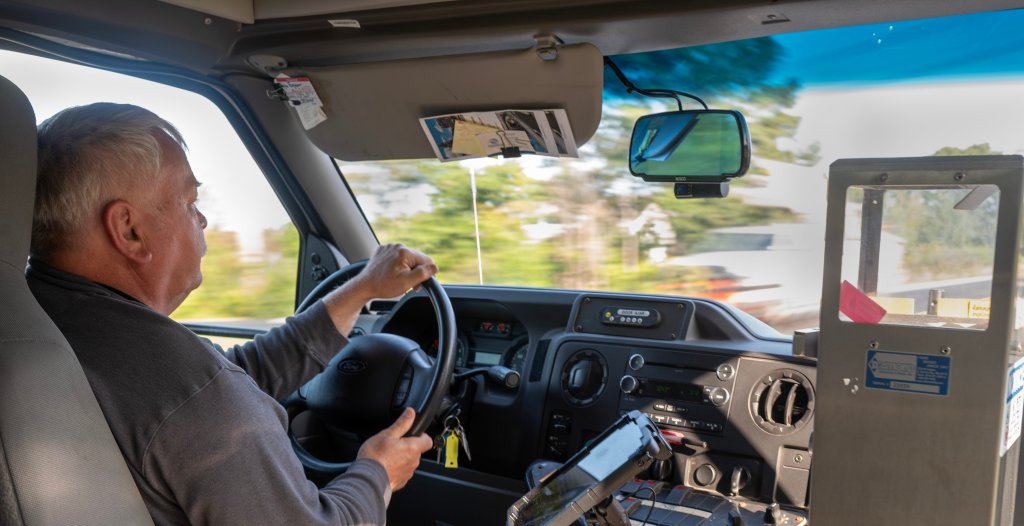
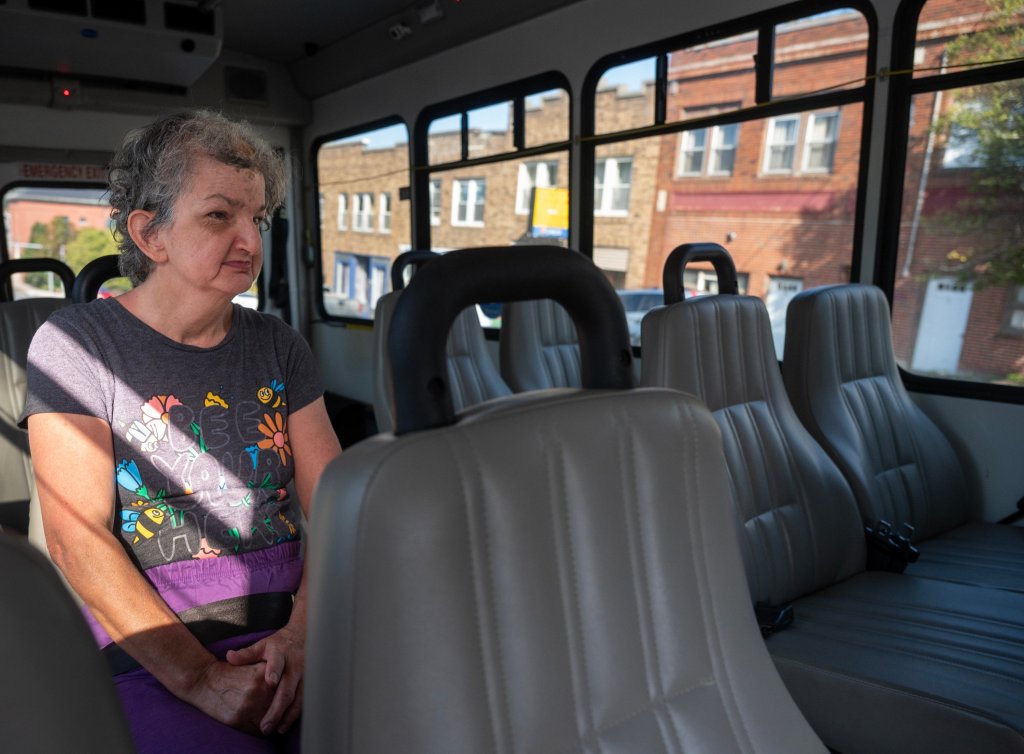
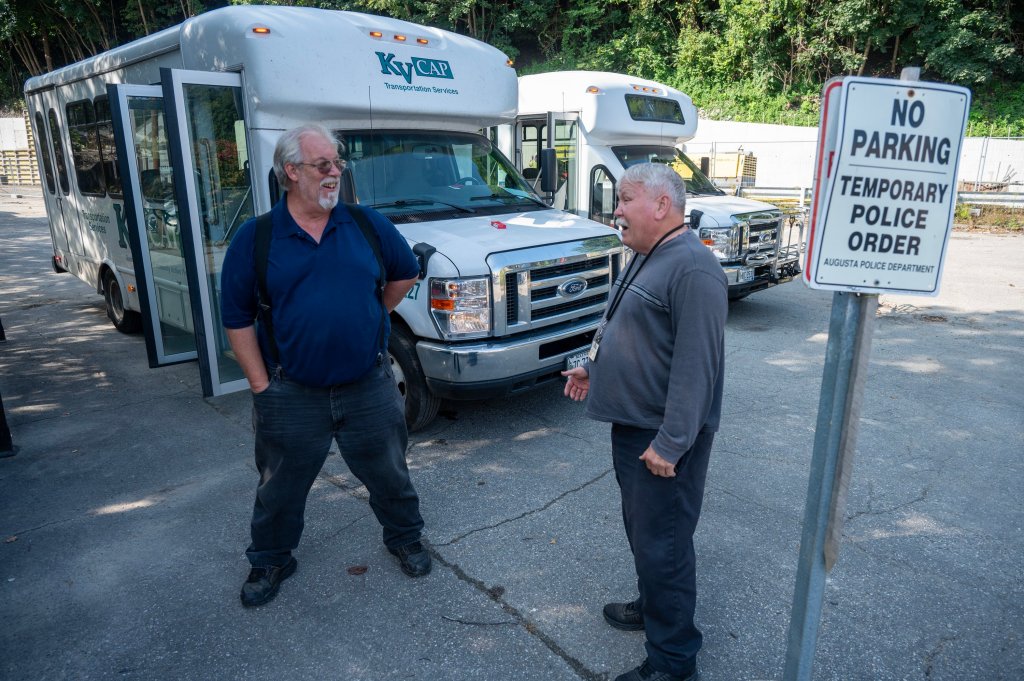
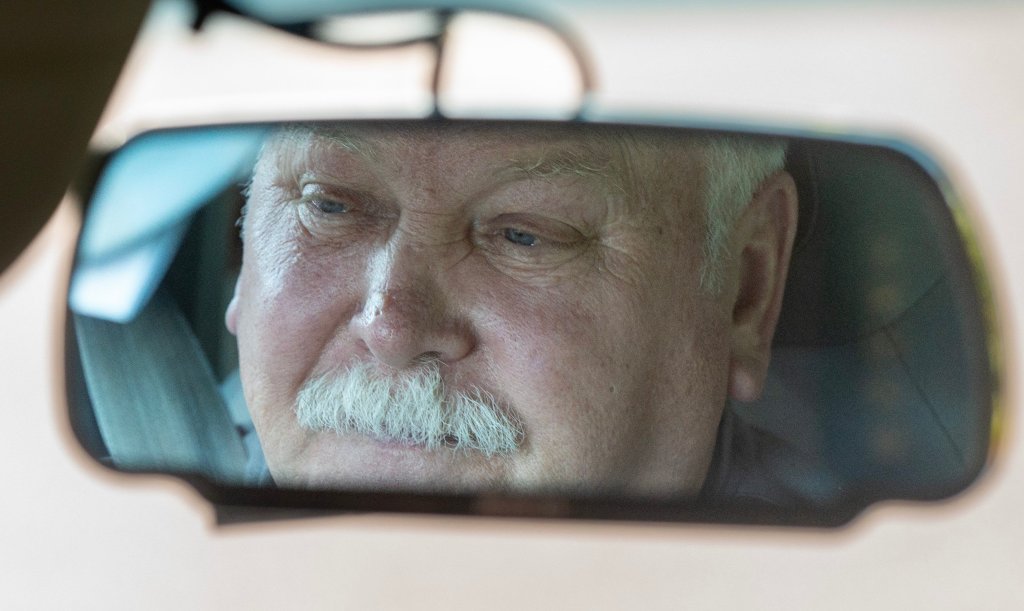
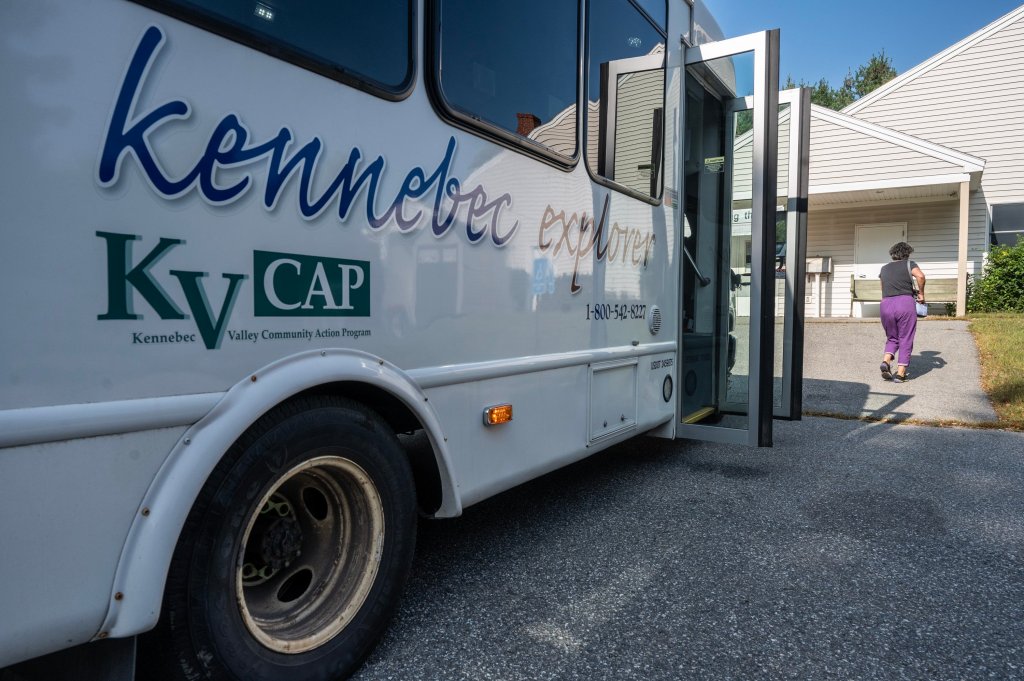

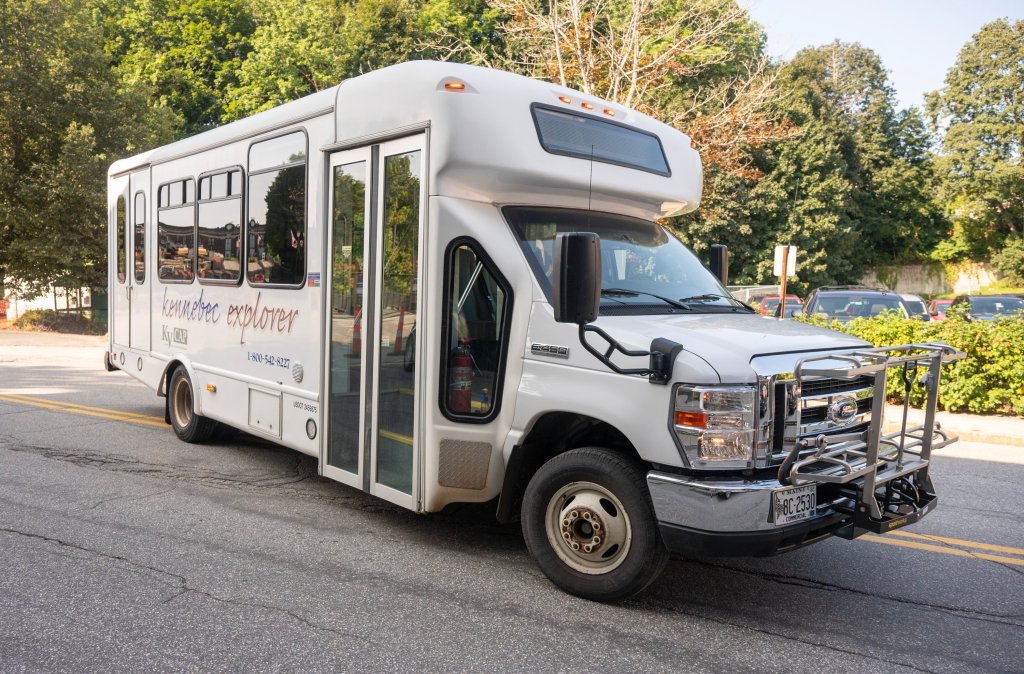


Comments are no longer available on this story